
Cause Marketing

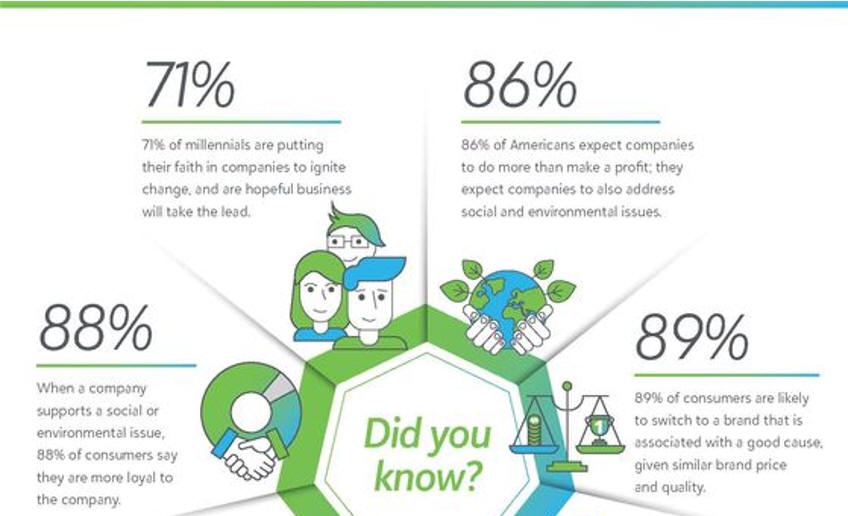
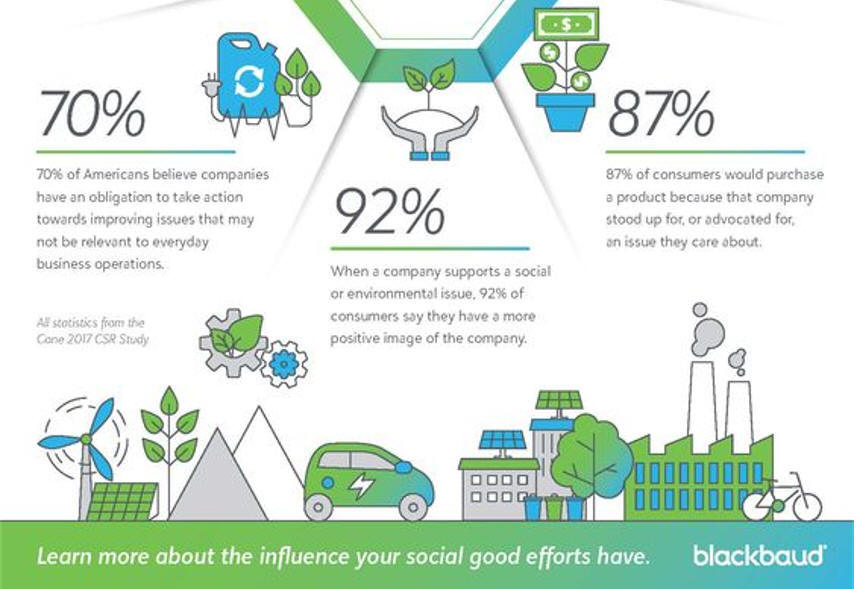
Cause Marketing

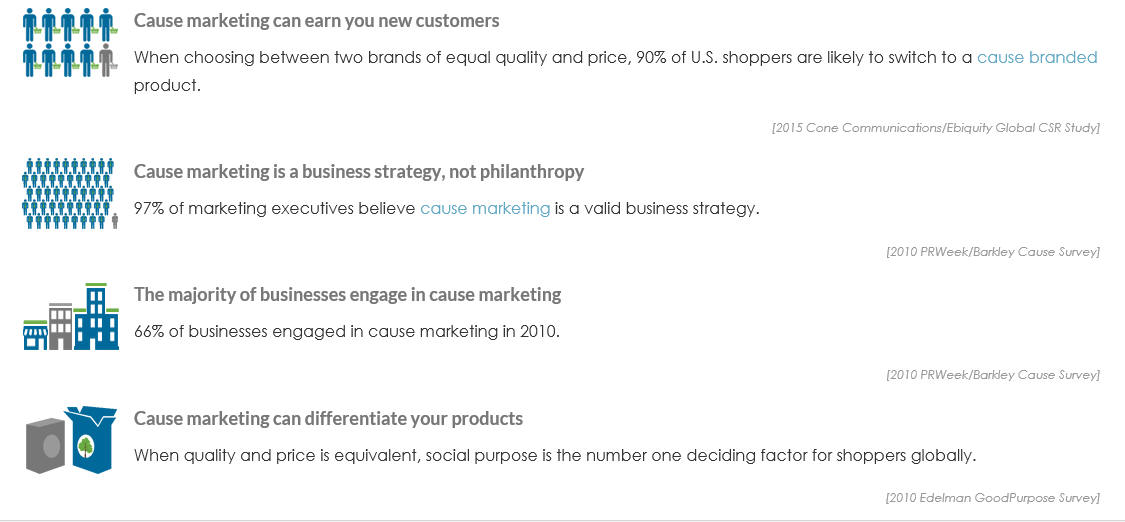

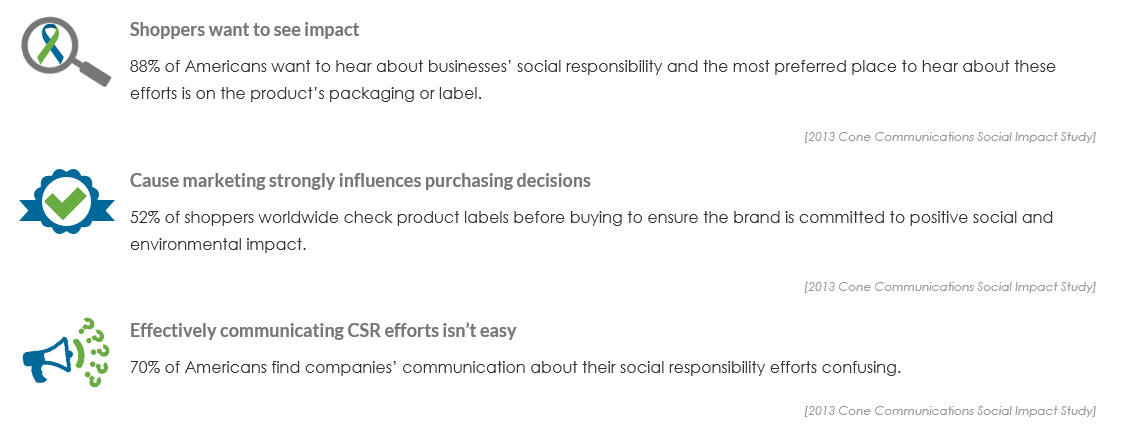
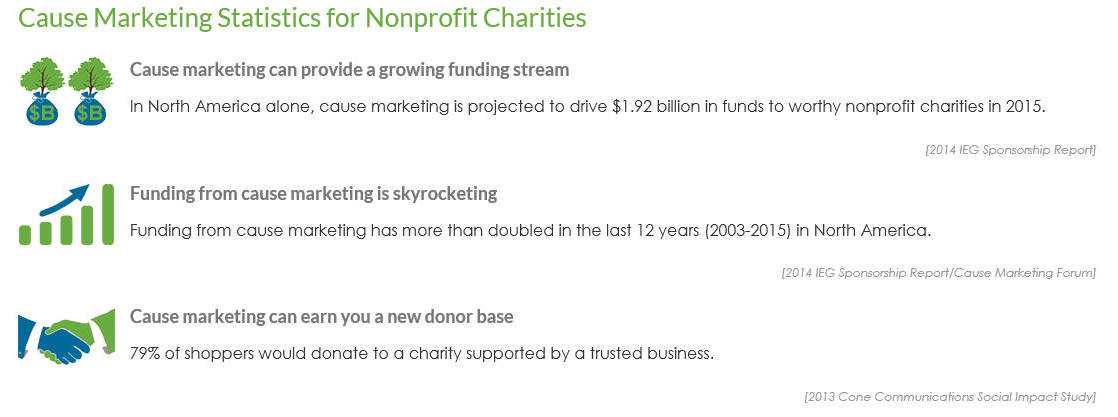

3 Cause-Marketing Trends for
Nonprofits and Their Business Partners
Cause Marketing Is Too Important and Big to Ignore
Cause-related marketing has become big business for nonprofits and their
business partners. Recent research reveals just how popular
cause marketing is with
consumers, and what the future holds for this booming industry.
Cause marketing, although certainly not new, became well known during the 1980s
with the highly visible and fruitful partnership between American Express and
the Statue of Liberty restoration project.
Cause marketing and corporate sponsorship has been growing ever since (a
$2 billion industry in 2016), becoming one of
the most popular ways to raise funds for charities, and a direct route to
corporate social responsibility
for many businesses.
So what does the future hold for cause marketing? Three trends may predict where
cause marketers go next.
Trend #1: More Growth
The trend for cause marketing is definitely up and rosy. Holding business
accountable for how they treat the planet, their people, and consumers has
reached beyond just a niche audience to a worldwide movement.
With nine-in-10 consumers expecting companies to do more than just turn a
profit, Cone
Communications dug deeper in its annual Ebiquity
Global CSR Study. That survey found that
consumers everywhere are on board with corporate social responsibility.
For instance:
64 percent of consumers expect companies to go above and beyond their
competitors when it comes to CSR. Only 11 percent of consumers say that CSR
isn't important to them or their buying decisions. Everyone else not only
notices but may punish companies that do not act responsibly.
90% of consumers surveyed say they are likely to
switch brands to support a
cause if both brands are similar in price and quality. More startling is that 57
percent would purchase a product of lesser quality if it was better for the
environment or society.
Global citizens increasingly believe they can have an impact. Nearly
three-quarters (72%) believe that they can make a moderate-to-significant impact
on social and environmental issues through their purchasing decisions.
Globally, consumers take CSR even further. More than three-fifths would accept a
pay cut to work for a responsible company. This is particularly true of
Millennials who,
according to one study,
want to work for companies that put more emphasis on purpose, not profits.
Sharing may replace owning for many consumers. In the Cone study, 62 percent of
consumers say they would pass up on owning a product and instead borrow or share
products.
Businesses used to think that CSR was an option. Clearly it no longer is. They
need consumers and consumers want to support good causes through their
purchases. They also expect companies to be responsible throughout their
business operations.
For nonprofits, the trends are also upward. Cause marketing arrangements made
with businesses have exploded. One of the brightest spots is not on TV or social
media but when we shop.
Checkout charity has turned out to be a pot of gold for
many nonprofits, even though it doesn't seem
glitzy or glamorous.
Trend #2: Companies Start Asking Consumers to Make
Changes
David Hessekiel of the Cause Marketing Forum says that companies have sometimes
turned the tables on consumers.
They ask for behavior changes, not just the purchase of products. The focus is
on leading healthier lives and staying safe.
Examples of this approach include the Quit
Smoking campaign by CVS, the It
Can Wait pledge not to text and drive by AT&T,
and the New
Balance SparkStart that encouraged everyone to
just move.
Along with that trend is the related interest in
reaching
Generation Z. They promise to be even more
socially engaged than Millennials, plus they are "digital natives," requiring
companies to conquer new ways of communicating. A sample campaign (tip of hat
to David Hessekiel again) was H&R Block’s Budget
Challenge. It taught financial literacy with a
fun online interactive program The company also awarded scholarships through
this effort.
The generational challenge has also forced cause marketing campaigns to become
even more multichannel. Conversations and campaigns now include offline
advertising, TV advertising, hashtag social media channels, streaming video, and
more. One example was the 2015
#MakeItHappy
campaign by Coca-Cola to
combat cyberbullying.
#MakeItHappy started
with a super bowl ad and then slid into social media where people were
encouraged to share "positivity." It wasn't all smooth sailing, though, as
Coca-Cola had to suspend its Twitter campaign because of a
nasty prank that undermined the be nice message.
New waters, new problems.
Trend #3: Developing Best
Practices
As cause marketing grows more prominent, bad cause marketing has been called to
account. The media and the public have voiced disapproval when cause marketing
runs off the rails.
Just consider the partnership of Komen for the Cure and Kentucky Fried Chicken,
or the
"pinkwashing"
label that has afflicted some breast cancer marketing programs each October.
We're all demanding good practices in cause marketing. And they are developing.
An example is the
list of worthy breast cancer cause marketing programs compiled
by Joe Waters and Cone Communications. The best practices of these programs
include two standards for
transparency:
giving enough information about the charity being helped so
that consumers can research it; and saying exactly how much money the charity
will receive, both in total and/or from each purchase.
Watch for more best practices as they evolve. Good sources include
The Cause Marketing Forum,
Cone
Communications, and
Selfish Giving
(Joe Waters' blog).
Cause Marketing 101: Examples of Powerful Giving Campaigns | ShoppingGives

